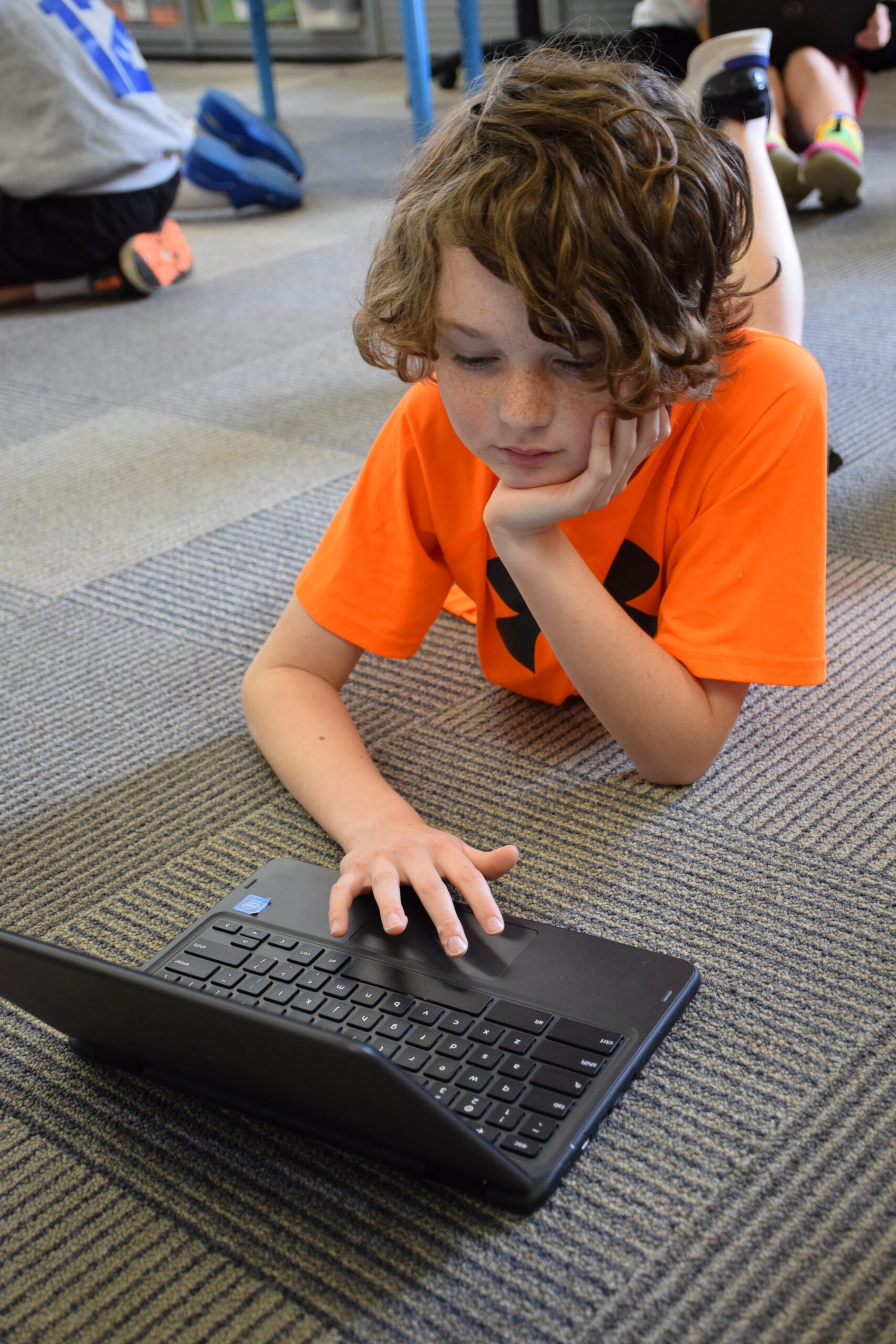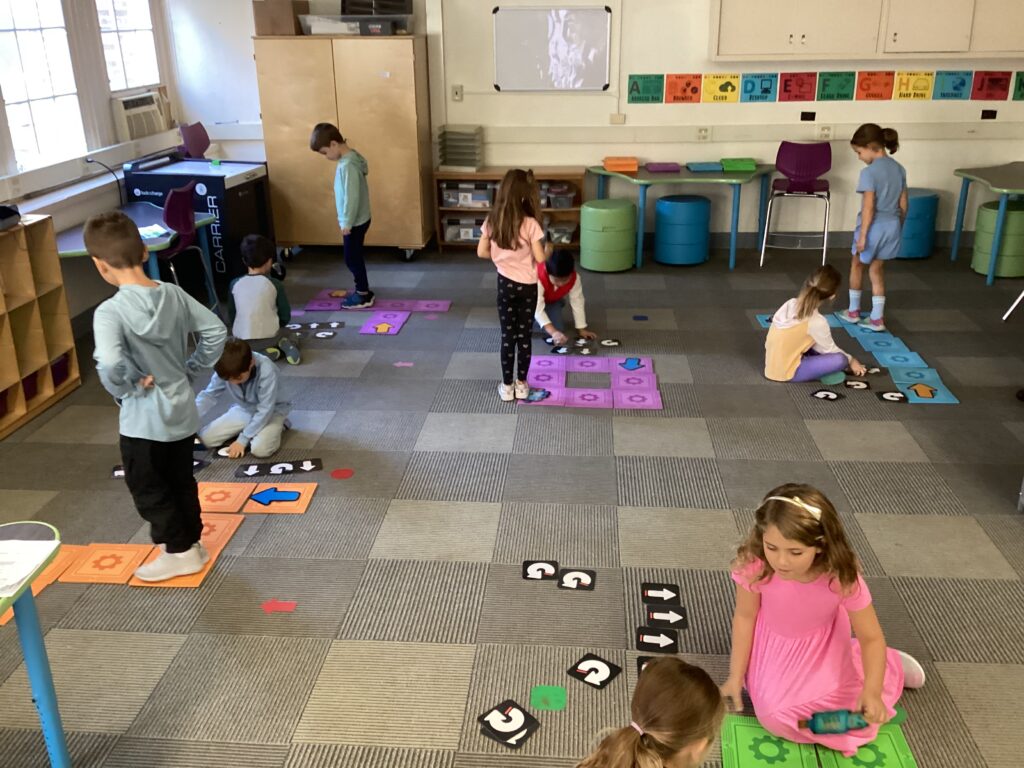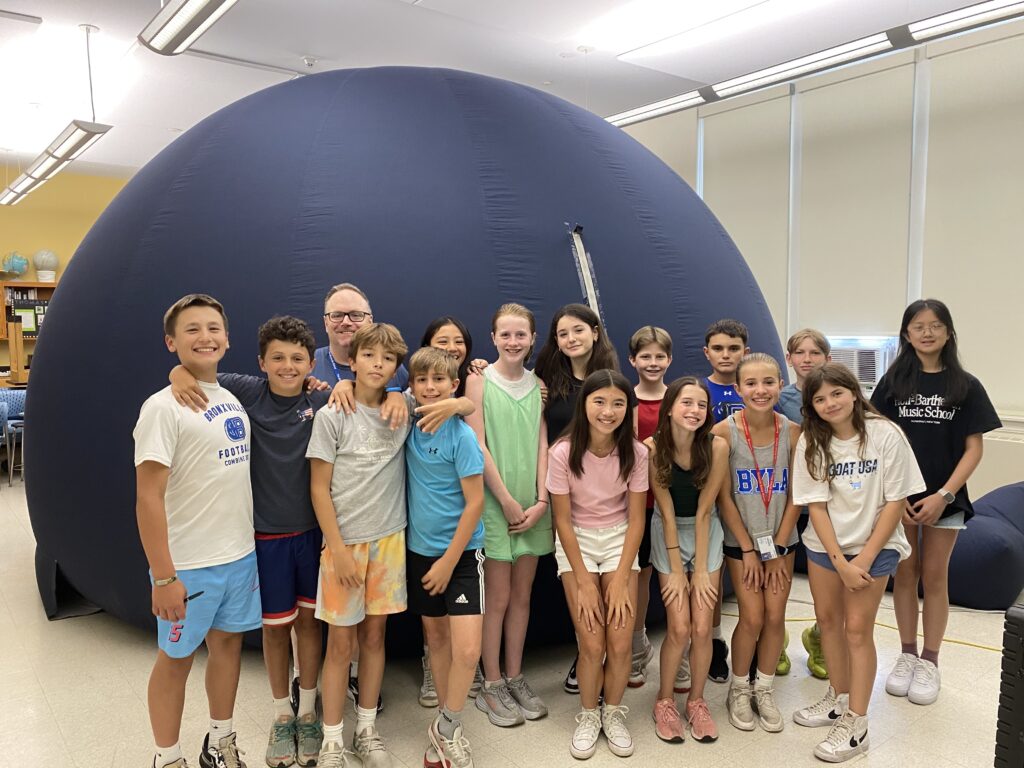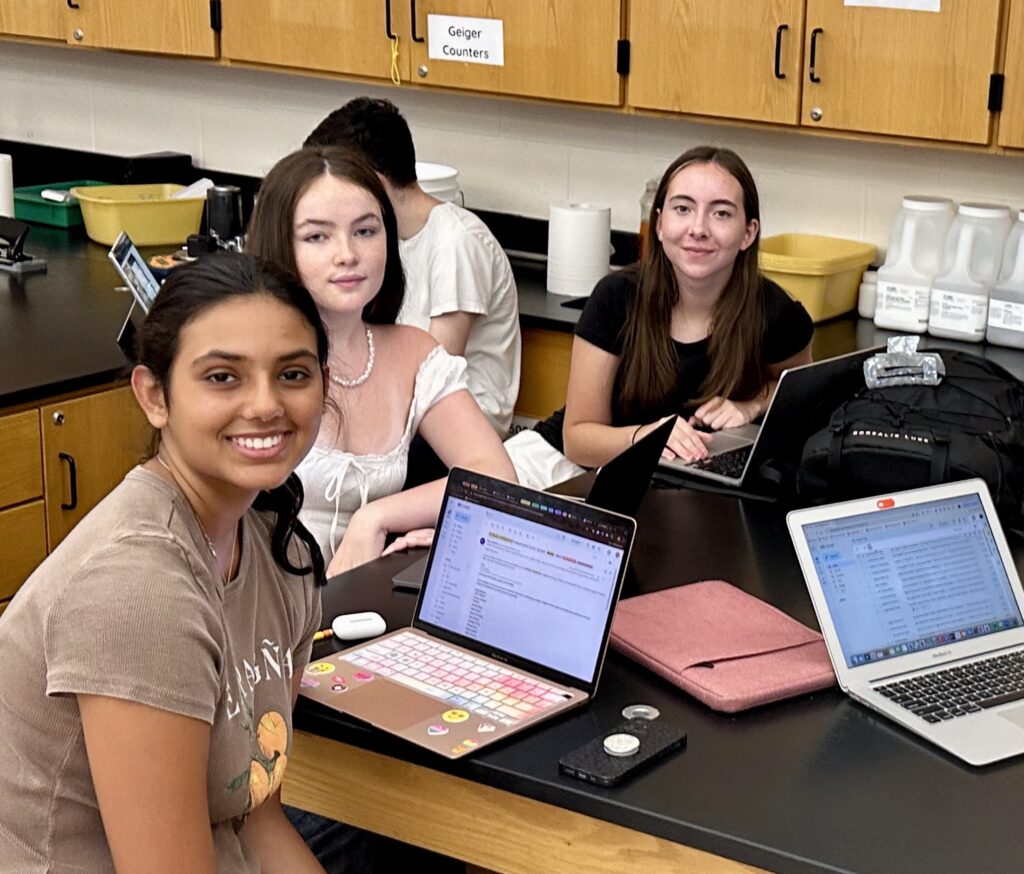
The Foundation is a long-time champion of STEM initiatives -- Science, Technology, Engineering and Math. Bronx River research began with two students and a teacher applying for a grant, and it has grown into a school-wide course of study. A full-fledged Bronx River research class is offered in the High School. Students present their findings to local colleges, work in collaboration with other high schools studying further downriver, and mentor Elementary students in age-appropriate research techniques. The Foundation has funded nearly every STEM-related initiative piloted in the school. These include updated equipment, professional development, new curricula, and facilities projects aimed at improving the school’s technology, engineering, math, and science offerings. Foundation grants have also funded several important sustainability initiatives including the food scrap recycling program, water bottle filling stations, recycling equipment, and student entrepreneurship initiatives focused on sustainability.

District-wide
In the fall of 2020, the Bronxville School opened the doors to a state-of-the-art Design & Innovation Center, adding an additional 1,100 square feet in new physical learning space for STEM work, courtesy of a Foundation grant. In 2014, a $160,000 Foundation grant introduced Chromebooks and the Google For Education platform (G-Suite for Education) to the Elementary, Middle and High Schools, bringing technology and real-time collaboration into the classroom. In 2017, the Foundation funded the establishment of a K-12 iSTEAM Committee to drive STEM curriculum enhancement and integration across all grades.
In 2025, the Foundation established a Technology Innovation Fund to help the school navigate the rapidly evolving world of technology and artificial intelligence. By investing in such things as curriculum redesign, advanced technological tools, teacher training, and facilities enhancements, the Technology Innovation Fund will help foster a cutting-edge and forward-thinking educational environment where Bronxville students are empowered to become the innovators and leaders of tomorrow.
Elementary School
In the Elementary School, the K-5 coding curriculum was launched with several Foundation grants. State-of-the-art equipment for introducing young minds to coding logic and concepts was purchased, and consultants were engaged to train teachers how to incorporate coding into everyday classroom activities. A Foundation grant for a technology called Unruly Splats brought together coding and active play for students in the Elementary School's Physical Education classes. Another recent grant funded Lego Spike Essentials for second grade, BricQ Essentials for kindergarten, Root Robots for fourth grade, and Unruly Splats for third, fourth and fifth grade. The new kits have an additional curriculum (for sixth to eighth grade students) that the school can implement for the fifth grade in years to come. The Root Robot allows for block-based and text-based programming to further engage students.

Middle School

One of the most popular science experiences in Middle School funded by a Foundation grant is the Digital Planetarium. The planetarium allows students to view the night sky from different hemispheres and times projected onto an inflatable dome. The Foundation has also funded wireless microscopes for the Middle School. In seventh grade, all students use the microscopes for a unit on cells. In eighth grade, all students prepare for the NYS Science Exam, which includes a lab portion using microscopes. The Foundation also funded VEX V5 robotics materials for the Middle School's Technology classes to enable students to experience programming and mechanical engineering on an authentic level.
High School
Through several Foundation grants, high school students are receiving an introduction to artificial intelligence. Students have the opportunity to enroll in an online course offered by Inspirit AI to study this emerging area of importance. Allowing students to enroll in the Inspirit course with supervision by a high school faculty member provides the school with a sense of student interest in this area as well as possible curriculum ideas. The Foundation has also funded a programmer in residence who can relate computer science to any subject matter and will work with teachers to identify ways to incorporate computer science into their curriculum. Other recent Foundation grants funded new probeware for science lab work and biotech start-up supplies. The Advanced Physics and Engineering course was also developed with several Foundation grants to design a curriculum that would simulate the computer-based design and manufacturing process in modern engineering. The Foundation funded special equipment such as 3-D printers and laser cutters, allowing students to develop, prototype, test, critique, and improve their own designs.


